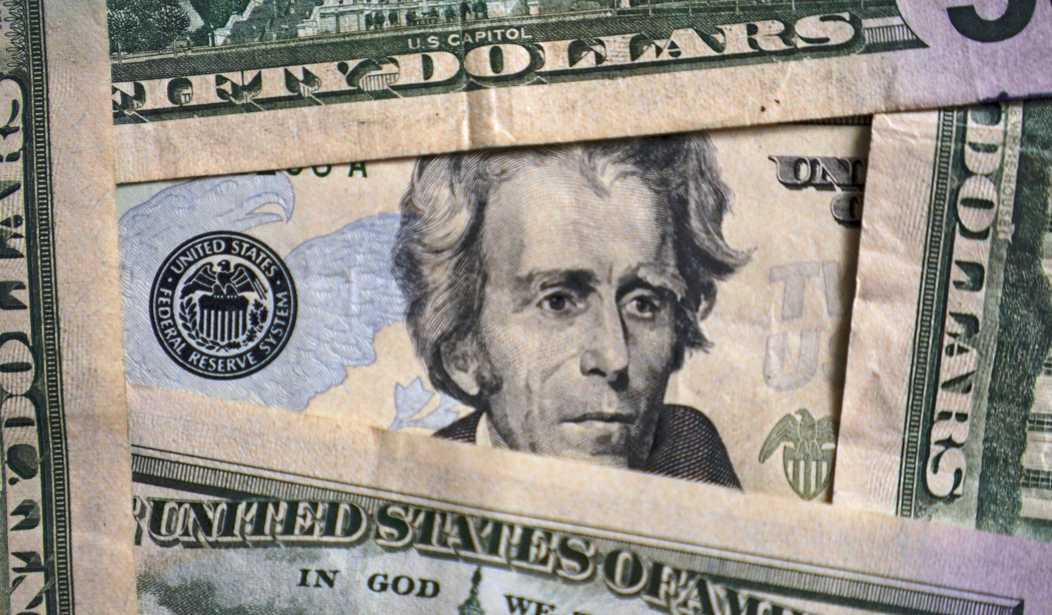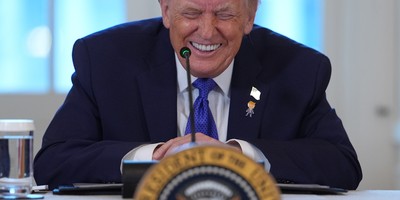China has real estate problems at home with many experts arguing the problem could be in the trillions of dollars. Reuters recently reported China plans to establish a real estate rescue fund worth up to $44 billion for its distressed real estate sector. Some believe it is too little too late as Chinese regulators scramble to reassure investors over what appears to be a Chinese real estate bubble. Yet, China has quietly acquired more than 192,000 acres of U.S. farmland, worth roughly $1.9 billion. This is a drop in the bucket compared to the 900 million acres of farmland we have in the United States. However, it is location of land and the strategic importance of said land that have many in the United States concerned. A Chinese company recently purchased 300 acres for farming and production purposes in Grand Forks, North Dakota which just so happens to be within a few miles of Grand Forks Air Force Base. In 2021, Chinese citizens bought $6.1 billion worth of U.S. real estate, up 27% from 2020, much of it residential real estate in the Silicon Valley or entrepreneurship-rich South Florida. Perhaps of equal or greater concern, Chinese individuals and government collectively own $1 trillion or 2.78% of our $30.6 trillion overall U.S. national debt.
Key Issues
With growing differences between the United States and China, including growing tension over Taiwan, war in the Ukraine, the crisis on our southern border and the shrinking U.S. economy, it is no wonder President Biden is facing the worst approval ratings for a U.S. President in modern history. A recently released Quinnipiac University poll shows President Biden’s job approval rating at only 31% approving, while 60% disapprove. When asked to evaluate President Biden’s handling of the U.S. economy, the respondents to the Quinnipiac poll gave the president a 28% approval rating while 66% disapproved of the job the president is doing, a year and a half into his presidency.
In three months, the U.S. will hold mid-term elections which could result in a major shake-up of many state and local governments with the potential for Republicans to win leadership of the U.S. House and Senate. The following three factors will play a major role in determining the makeup of the U.S. House and Senate in November as the No. 1 issue American voters seem to be concerned with is inflation and the economy. First is consumer confidence. The University of Michigan consumer confidence index for the U.S. economy increased to 51.1 in July 2022 from a record low of 50 in June. This beat the initial forecast for July of 49.9 but remains low by historic standards. In addition, what gives us great pause for concern is the survey’s expectations gauge declined again in July to 47.3, the lowest since May of 1980, when it registered 47.5. Second is inflation. There are three measurements of inflation with all forecasting higher costs for consumers and even higher levels in the future. The consumer price index increased to 9.1% from a year ago in June, well above most economists estimates and considerably higher than the 8.6% rate the economy faced in May. The core consumer price index rose 5.9% in June, above its preliminary estimate of 5.7%. Inflation adjusted hourly wages are down 3.6% from a year ago. The producer price index which reflects wholesale prices, and many believe forecasts future trends and consumer prices was up 11.3% in June, relative to a year ago. The core PPI was up 6.4% in June. Finally, inflation for all imports to the U.S. was up 10.7% year over year from June 2021, while U.S. exports saw an inflation rate of 18.2% year over year in June 2022. Currently, Americans are experiencing lower gasoline prices which unfortunately are being offset by higher food, housing, and interest rate costs. Third, are we in a recession? Perhaps the most important definition of a recession is “a recession is when your neighbor loses their job while a depression is when you lose yours”. The more common textbook definition of a recession is when an economy experiences two negative back-to-back quarters of GDP growth. The national bureau of economic research (NBER) defines a recession as a significant decline in economic activity spread across the economy that lasts more than a few months. The six broad-based categories the NBER tracks are real personal income less transfers, non-farm payrolls, real personal consumption expenditures, real manufacturing and trade sales, household employment and industrial production.
Recommended
Since U.S. GDP for Q12022 came in at negative 1.6%, we believe the U.S. economy is in recession as preliminary Q2 U.S. GDP registered -0.9% growth on July 28. Current U.S. Treasury Secretary Janet Yellen disputes the call for a recession as she argued current industrial production and employment are too rosy for the economy to be in recession. However, since the end of World War II, we have never not had a recession even using NBER modeling when the U.S. has experienced two negative back-to-back quarters. Therefore, we believe the NBER will eventually confirm that today we ARE in a recession…unfortunately, it will be at least months after the fact.
Conclusion
The United States is the largest and strongest overall economy in the world today. However, it is facing an arduous future becoming less friendly to business and entrepreneurship due to mounting rates of inflation, a call for more government spending, higher regulation and mounting pressure for higher taxes on business and the wealthy. To avoid a bleak future, the Biden Administration and the Federal Reserve need to take a page from the Volcker/Reagan playbook of the late 1970’s and early 1980’s. They must cut taxes and regulations while tightening the U.S. money supply. It worked 40 years ago, and it will work now.
Any other action coming out of Washington will lead to a deep and prolonged recession.
Dr. Timothy G. Nash is the director of the McNair Center at Northwood University.

























Join the conversation as a VIP Member